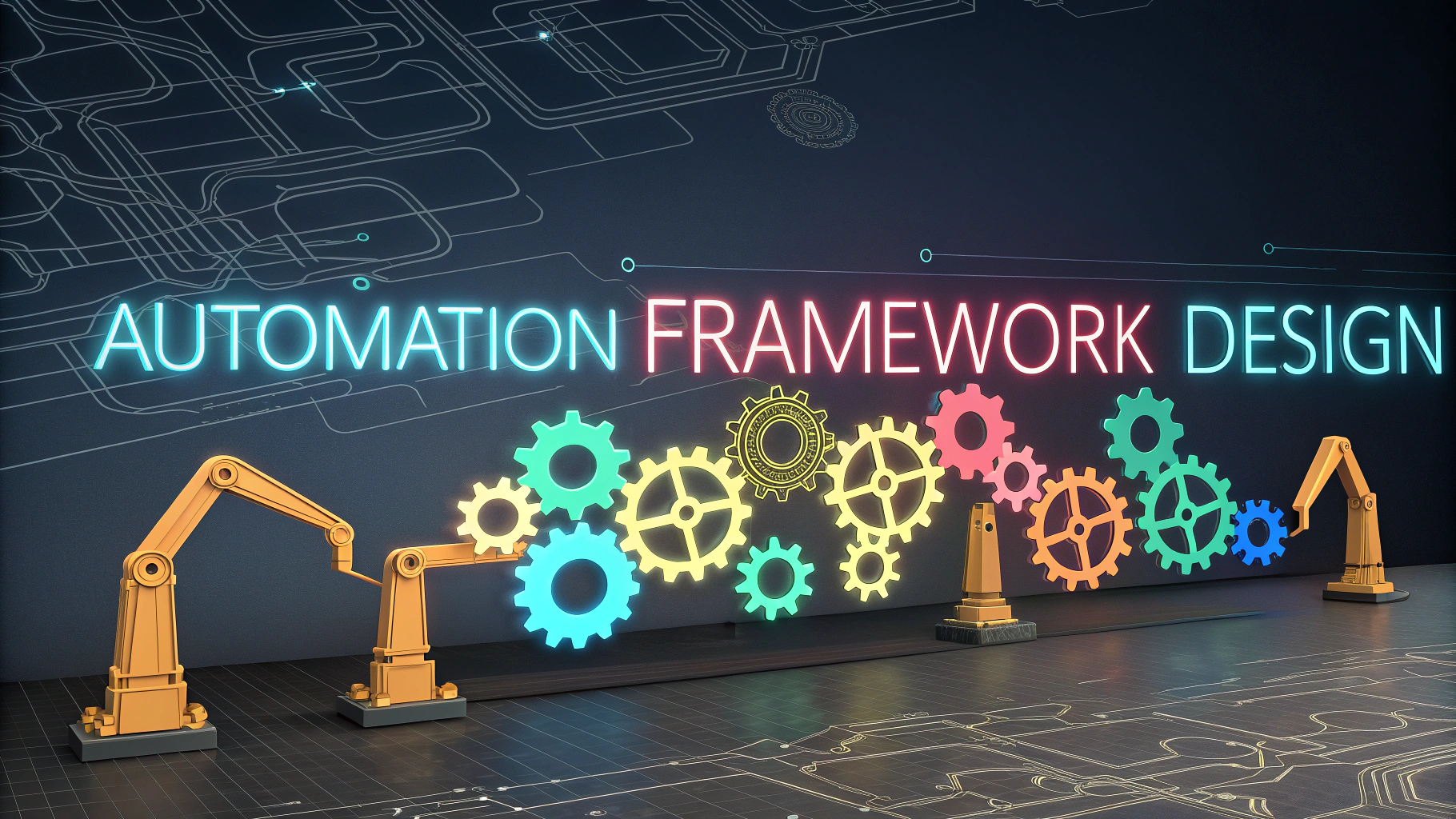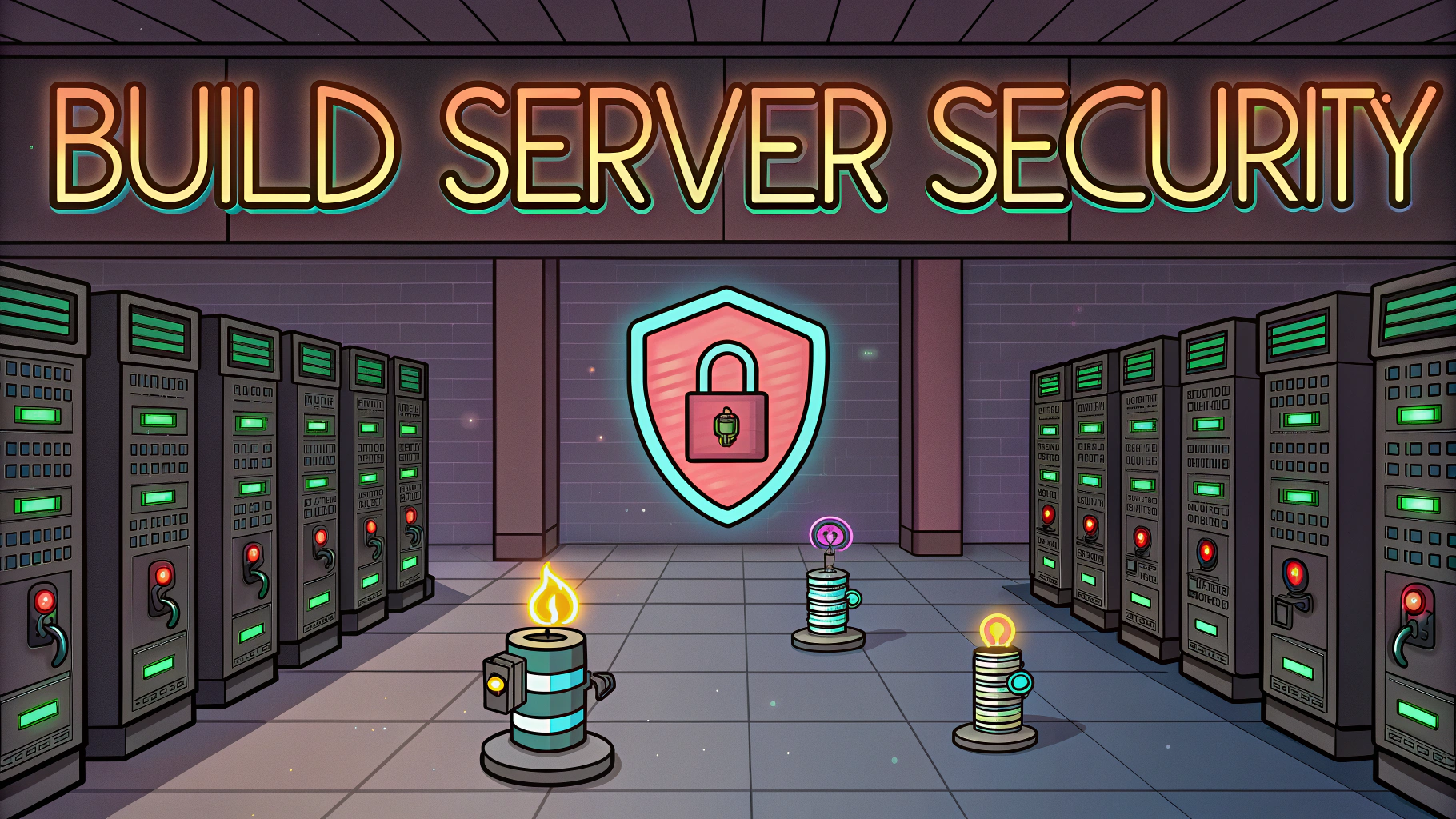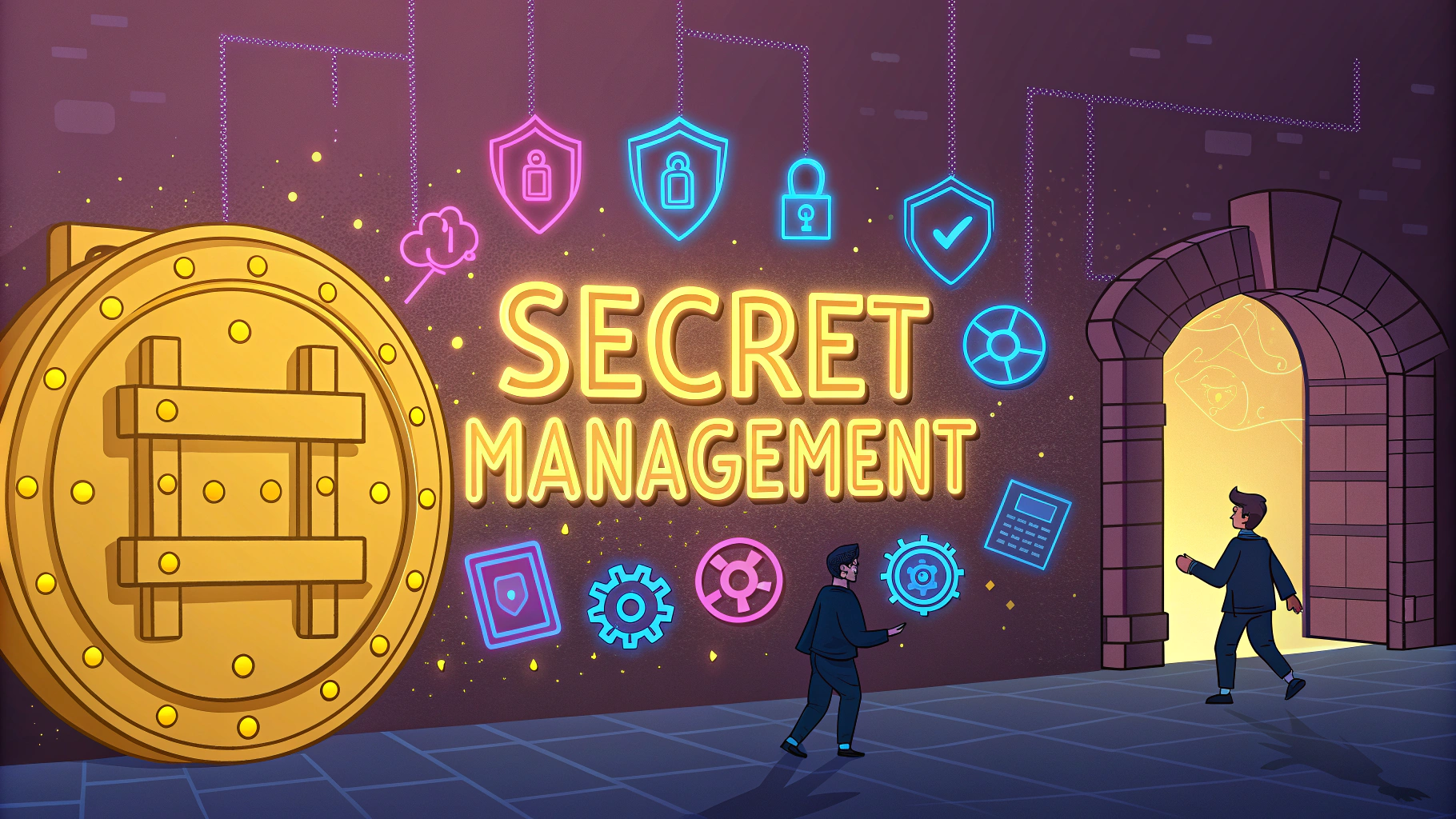Smart home security systems have transformed how we protect our homes, but they can also introduce new vulnerabilities if not properly tested and secured.
Penetration testing for smart homes helps identify potential security gaps before malicious actors can exploit them, protecting your family’s privacy and safety.
This guide walks through the essential steps to test your smart home security, from basic network assessments to advanced device vulnerability scanning.
Getting Started with Smart Home Security Testing
Begin by creating an inventory of all connected devices in your home network, including cameras, doorbells, thermostats, and smart speakers.
- Smart cameras and doorbells
- Voice assistants and speakers
- Smart locks and garage door openers
- Thermostats and climate controls
- Light bulbs and switches
- Kitchen appliances
Basic Network Security Assessment
Start with a router security check using tools like Wireshark to monitor network traffic patterns.
- Change default passwords on all devices
- Enable WPA3 encryption if available
- Set up a separate IoT network
- Disable unused network services
Device-Specific Testing Tools
| Tool Name | Purpose | Difficulty Level |
|---|---|---|
| Nmap | Port scanning | Intermediate |
| Kali Linux | Full security audit | Advanced |
| Fing | Network discovery | Beginner |
Common Vulnerabilities to Test
- Default credentials still in use
- Unencrypted data transmission
- Outdated firmware versions
- Open ports and services
- Weak password policies
Regular Maintenance Schedule
Implement a monthly security check routine:
- Update all device firmware
- Review network access logs
- Test backup systems
- Verify physical security measures
- Check for new device vulnerabilities
Professional Testing Services
Consider hiring certified security professionals for thorough testing.
Reputable companies offering smart home security audits include:
- SecurityMetrics: 801-724-9600
- TrustedSec: 877-550-4728
- Bishop Fox: 480-621-8967
Taking Action on Test Results
Document all findings in a security report template:
- Vulnerability description
- Risk level assessment
- Required fixes
- Implementation timeline
- Follow-up testing dates
Smart Home Security Best Practices
Apply these ongoing security measures:
- Use unique passwords for each device
- Enable two-factor authentication
- Regular software updates
- Network monitoring
- Physical access controls
Emergency Response Planning
Develop protocols for security breaches or system failures:
- Document emergency contacts
- Create backup access methods
- Establish recovery procedures
- Test backup power systems
- Plan offline alternatives
Integration Testing
Verify secure communication between connected devices:
- Cross-platform security checks
- API vulnerability testing
- Authentication flow verification
- Data encryption validation
Common Integration Points
| System Type | Integration Risks | Test Priority |
|---|---|---|
| Voice Control | Command injection | High |
| Mobile Apps | Data leakage | High |
| Cloud Services | Authentication bypass | Critical |
Privacy Protection Measures
Implement data protection strategies:
- Data collection audit
- Privacy policy review
- Data retention limits
- Access control matrices
- Third-party assessment
Securing Your Smart Home’s Future
Maintain a proactive security stance through:
- Continuous monitoring and testing
- Regular security assessments
- Technology updates evaluation
- Security awareness training
- Incident response refinement
Remember that smart home security is an ongoing process requiring regular attention and updates to protect against evolving threats.
FAQs
- What is smart home security penetration testing?
Testing for security vulnerabilities in connected home devices, networks, and systems to identify potential entry points for cyber attacks. - Which devices are commonly tested during a smart home security assessment?
Smart cameras, door locks, thermostats, voice assistants, hubs, routers, and IoT devices connected to the home network. - What are the most common vulnerabilities found in smart home systems?
Weak passwords, unencrypted communications, outdated firmware, unsecured APIs, and misconfigured network settings. - How often should smart home penetration testing be performed?
At least annually, or whenever new devices are added to the network or after major system updates. - What tools are used for smart home penetration testing?
Nmap for network scanning, Wireshark for traffic analysis, Metasploit for vulnerability exploitation, and specialized IoT testing tools like IoTSeeker. - What are the risks of not conducting smart home penetration testing?
Unauthorized access to home systems, privacy breaches, device hijacking, network compromise, and potential physical security risks. - Can smart home penetration testing be conducted remotely?
Yes, many aspects can be tested remotely, but physical access testing requires on-site presence for comprehensive assessment. - What credentials or certifications should a smart home penetration tester have?
CEH (Certified Ethical Hacker), OSCP (Offensive Security Certified Professional), or CompTIA Security+ certifications, along with IoT security expertise. - How can homeowners prepare for a smart home security assessment?
Document all connected devices, maintain updated firmware, gather network documentation, and ensure access to device management interfaces. - What should be included in a smart home penetration testing report?
Identified vulnerabilities, risk levels, potential impact, detailed remediation steps, and recommendations for security improvements.







